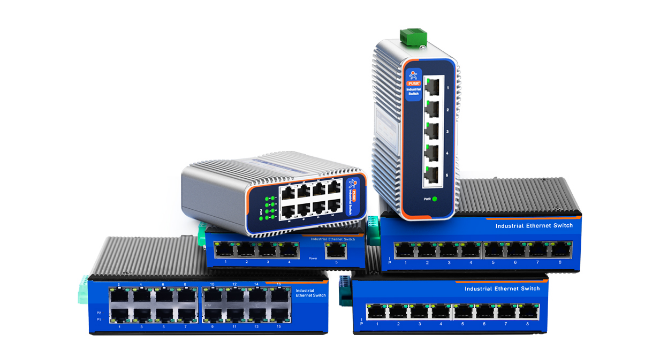With the rapid popularity of electric vehicles around the world, DC fast chargers, as a key technology, are increasingly valued by businesses and public places. This article will take an in-depth look at the installation process of DC fast chargers, emphasizing their key role in providing convenient and efficient charging for electric vehicles.

DC fast charger installation environment assessment
Careful environmental assessments must be conducted before DC fast chargers can be installed in commercial and public spaces. This involves a thorough understanding of electricity demand to ensure that the power supply system can meet the high power demands of the charger. At the same time, the analysis of site characteristics is also crucial, and factors such as surrounding traffic flow, user parking habits, and geographical location need to be considered to provide strong support for the design of charging stations.

DC EV charger Installation steps
Site Selection and Preparation: Selecting the right site is key to the successful operation of charging infrastructure. When selecting a site, factors such as power capacity, geographical location, and user convenience need to be comprehensively considered. Site preparation includes site clearance, electrical facility inspections and necessary infrastructure construction.
Power Connection: Coordinate with power suppliers to ensure stable power supply. Details the steps for power connection, including cabling, power system upgrades and negotiations with the power company to meet the charger’s high power needs.
Equipment installation: Detailed introduction to the actual installation process of the DC fast charger, from the construction of the bracket to the connection of the power cord to the calibration of the equipment. During this process, safety measures are emphasized to ensure the safety of installers and equipment.
DC Fast charging station design considerations
Layout design: Discuss the overall layout design of the site to ensure that the location of the charger is reasonable and convenient for users to park and charge. Optimizing the layout helps improve site usage and user satisfaction.
User experience optimization: Emphasize that site design should consider user experience. By providing facilities such as seats, sunshades, and charging progress displays, users can increase their stay time at the charging station and enhance their favorable impression of the charging station.
Security and Compliance for DC EV Charger Installation
Regulatory Overview: Introduces regulations and standards related to DC fast chargers in commercial and public locations. This includes national and regional regulations, electrical safety standards, and environmental regulations to ensure the compliant operation of charging stations.
Safety measures: Emphasis on-site safety measures, including but not limited to emergency stop buttons, fire protection equipment, remote monitoring systems, etc. These measures are important means to ensure the safety of users and equipment.
The DC EV charger installation in commercial and public places is a key part of promoting the development of electric vehicles. By in-depth understanding of the installation environment, procedures, site design, and regulatory compliance, we can ensure the efficient operation of charging stations, provide users with convenient and reliable charging services, and help promote the popularity of electric vehicles. The full deployment of this technology will not only change the way electric vehicles are charged but will also drive the further development of sustainable mobility.






